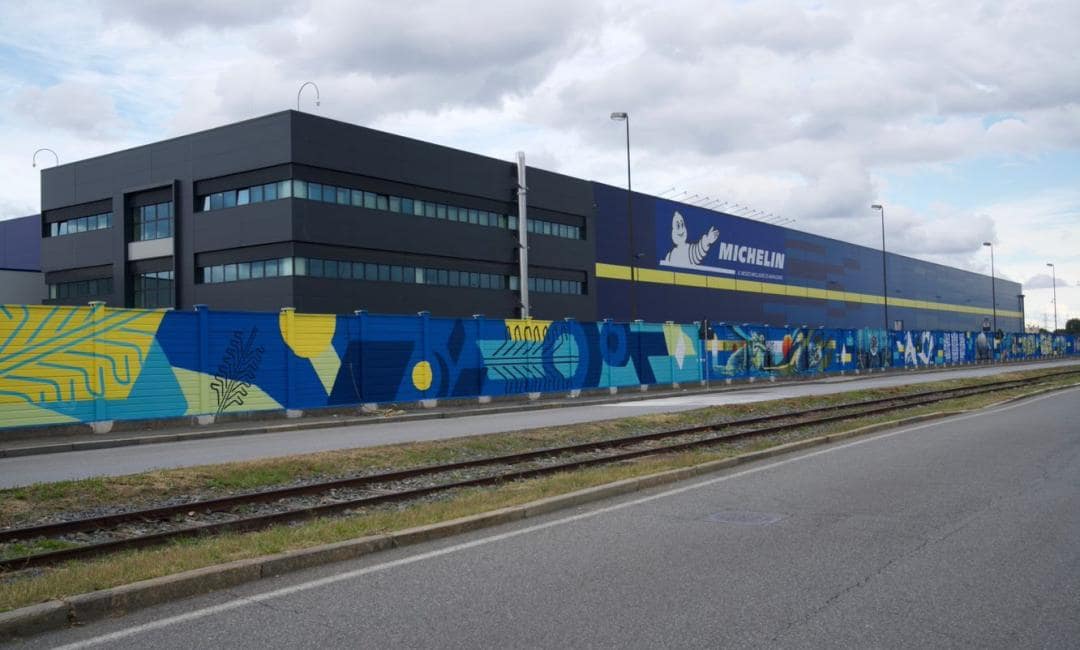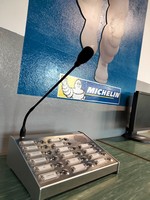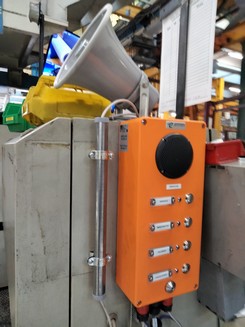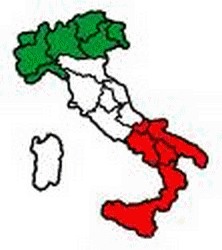 |
|
MICHELIN plant in Torino Stura

An intercom and public address system supporting a production line

MICHELIN - Turin Stura Plant
The MICHELIN plant in Turin-Stura was set up in the early 1970s as a production facility, a function it still maintains today as
it manufactures semi-finished products.
In 2020, a Distribution Logistics Centre was added to the production line.
The construction of the DLC was carried out with a focus on efficiency and modernity to enable faster processes to meet market
demand and to further improve the quality of customer service.
When building the new logistics warehouse, particular attention was paid to improving sustainability and reducing environmental
impact.
|
|
From a functional point of view, it was also required that the new system could make loudspeaker announcements not only in
general call mode but also on partial areas of the department (e.g. only the maintenance workshop or only the outdoor areas).
|
Other customer requirements were: |
|
• |
that the system be installed quickly in order to minimise disruption during this phase, which had to be carried out without stopping production. |
|
• |
for the same reason, it was necessary that once the new system was installed, the time between the deactivation of the old system and the start-up of the new one should be minimal |
|
• |
it should be possible to simply change the operating mode of each individual workstation in order to adapt the system to changing work department needs over time |
|
• |
in order to be able to adapt the system to the changing operational needs of the production department, it also had to be
possible to integrate the system with new units over time without this having to involve modifications, additions or replacement
of what had already been installed |
To meet these requirements in the best possible way, the customer decided to adopt ERMES' intercom and public address integrated
system, and in particular the choice fell on the InterLAN series of industrial intercoms in their version that includes a 40W
audio amplifier capable of driving one or more external horns loudspeakers that can perform the dual function of hands-free
intercom and public address unit (HERE for more
information on industrial IP intercoms).
In order to cover areas where an intercom cannot be installed (e.g. outdoor areas), SoundLAN series amplified gateways are used.
These gateways integrate perfectly with the industrial Intercoms of the InterLAN family as they are operated with the same
communication protocol (more information on the IP
public address system can be found HERE)..

Main control console |
|
If you would like more information, please contact us by filling in the form HERE !
ERMES ELETTRONICA s.r.l. - Via Treviso, 36 - 31020 SAN VENDEMIANO - ITALY
Phone +39 0438 308470 - Fax +39 0438 492340 - email:
ermes@ermes-cctv.com


